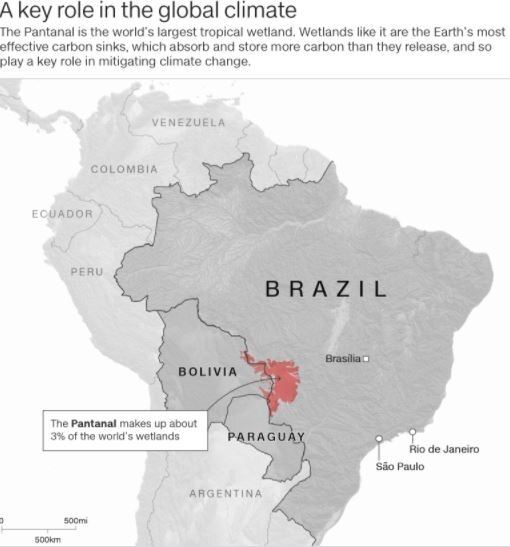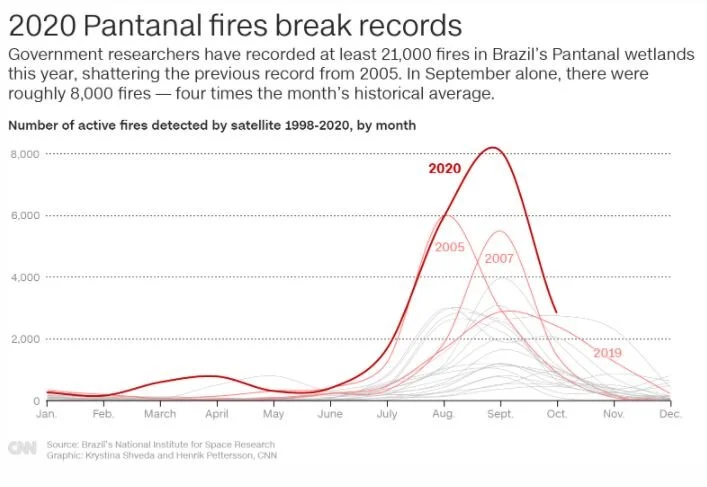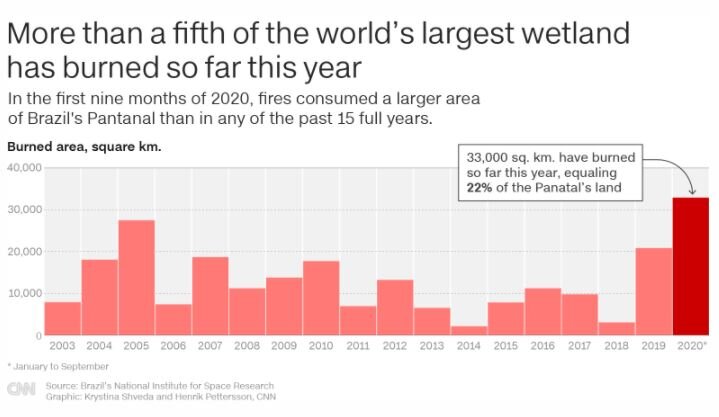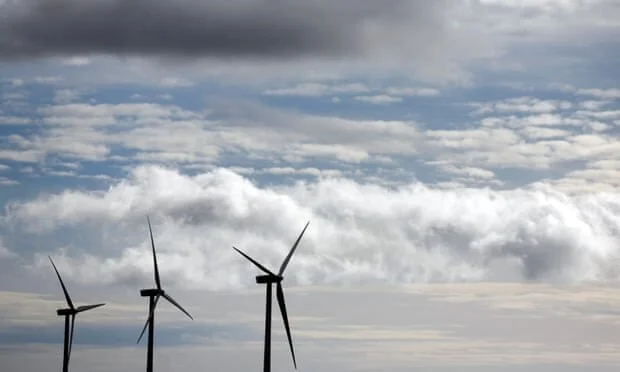AFRICA: Africa is set to realize consecutive growth rates of renewable energy in the next five years. Africa currently has a renewable energy capacity of 12.6 GW and it is projected to increase to 51.2 GW by 2025. South Africa is currently the leading country with combined wind and solar installed energy capacity of 5.9 GW while Egypt and Morocco are second and third with solar capacity of 1.6 GW and 0.8 GW respectively. According to Rystad Energy, nearly 40 out of 50 countries have installed, or plan to install solar and wind renewable energy. Egypt has been the quickest country since 2017 to install wind and solar energy, followed by Morocco. In the coming years, Ethiopia will also take a big leap in renewable energy installation. Summarily, due to rising demand in electricity, Africa will adopt renewable energy with solar becoming the most preferred in the next five years.
EUROPE: In Europe where majority of farming operations are done by chemical fertilizers, bio-based fertilizers are debated to be a potential move towards a circular economy. The principle of a circular economy has been founded on the recycle and reuse of raw materials and products. Therefore, the recovery of requisite nutrients like nitrogen and phosphorus from waste streams will substitute conventional fertilizers and serves as a revenue stream for upcycling and clean-tech companies.
FOOD: The world must rise to the challenge of feeding two billion people by 2050 in keeping with its vision for zero hunger and tackling malnutrition. According to reports by the United Nations Food and Agriculture Organization, the World is off track in achieving targets for zero hunger and malnutrition by 2030, and people suffering from hunger have been on the steady rise since 2014. For us to confront these challenges, agriculture would have to be “productive and greener” taking into consideration issues ranging from gender parity to skills acquisition and development.
UNITED STATES: John Kerry has been named special presidential envoy for climate by President-elect Joe Biden on Monday. According to a transition team statement, Kerry “will fight climate change full time” and sit in the council of National Security, thereby confirming Biden’s commitment to tackling climate change as an issue of national security. Kerry is the co-founder of World War Zero, a bipartisan coalition of global leaders and celebrities, dedicated to halting carbon emission by 2050. His primary role will be to lead Biden’s $ 2trillion climate investment package and work to rejoin the US with the Paris Climate Agreement










































